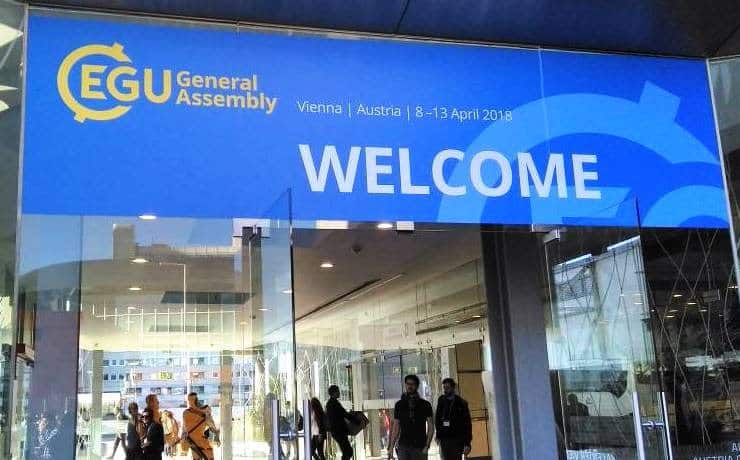European Geosciences Union General Assembly 2018 offered numerous sessions on applications of geosciences data
“EGU 2018 was action packed for all scientists and practitioners in the widest extends of geosciences,” says Francis Muthoni from IITA who attended the meeting.

Big data with machine learning in geosciences was one of the interdisciplinary themes in EGU 2018. Sessions on big data theme largely addressed the current mismatch between increasing explosion of large volumes of data that outstretch the existing storage and processing capabilities.
Presentations during this unique session demonstrated current state-of-art in development of machine learning methods to extract information from large volumes of high spatial-temporal resolution and multidimensional datasets from diverse geoscience disciplines.
I presented results from a study entitled Long-term trends of rainfall identify priority zones for targeting climate-smart agricultural technologies in East and Southern Africa. This study used remote sensing-based rainfall estimates to detect long-term trends in rainfall in seven countries within Eastern and Southern Africa. The trends in rainfall were mapped to inform spatial targeting of climate-smart agricultural technologies primarily undertaken by Africa RISING project and other development agents.
In a nut-shell, EGU2018 was an eye opener as it offered the opportunity to learn recent advances on geospatial data, methods, and resources that would be of vital importance to achieving goals for IITA, but also the CGIAR Platform for Big Data in Agriculture.




